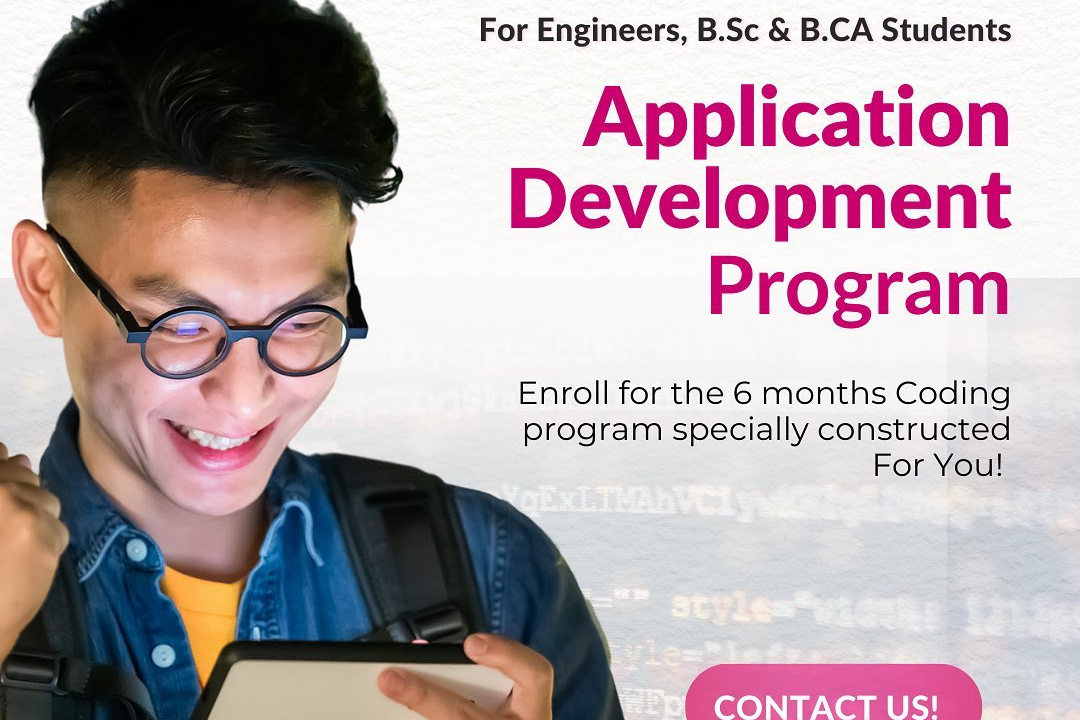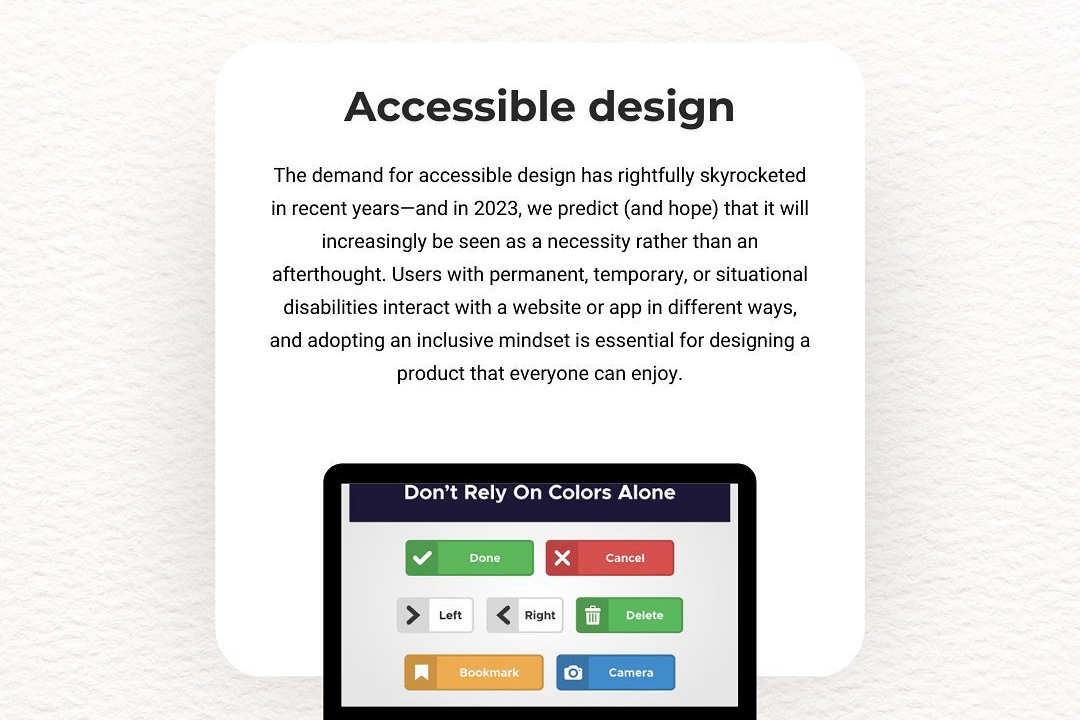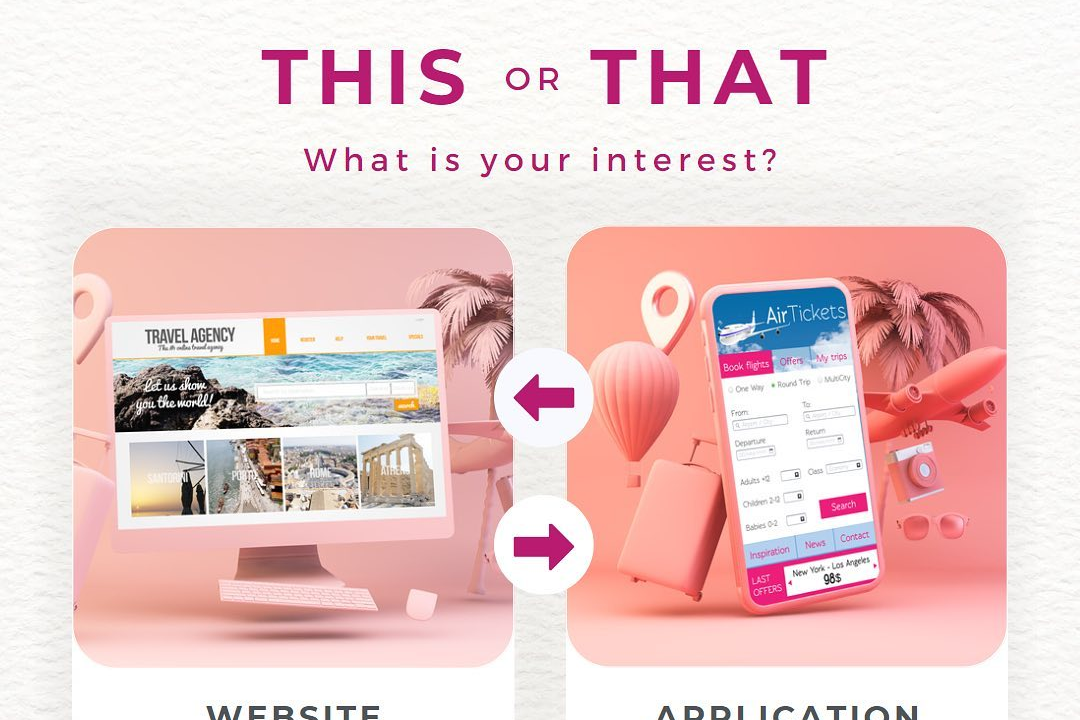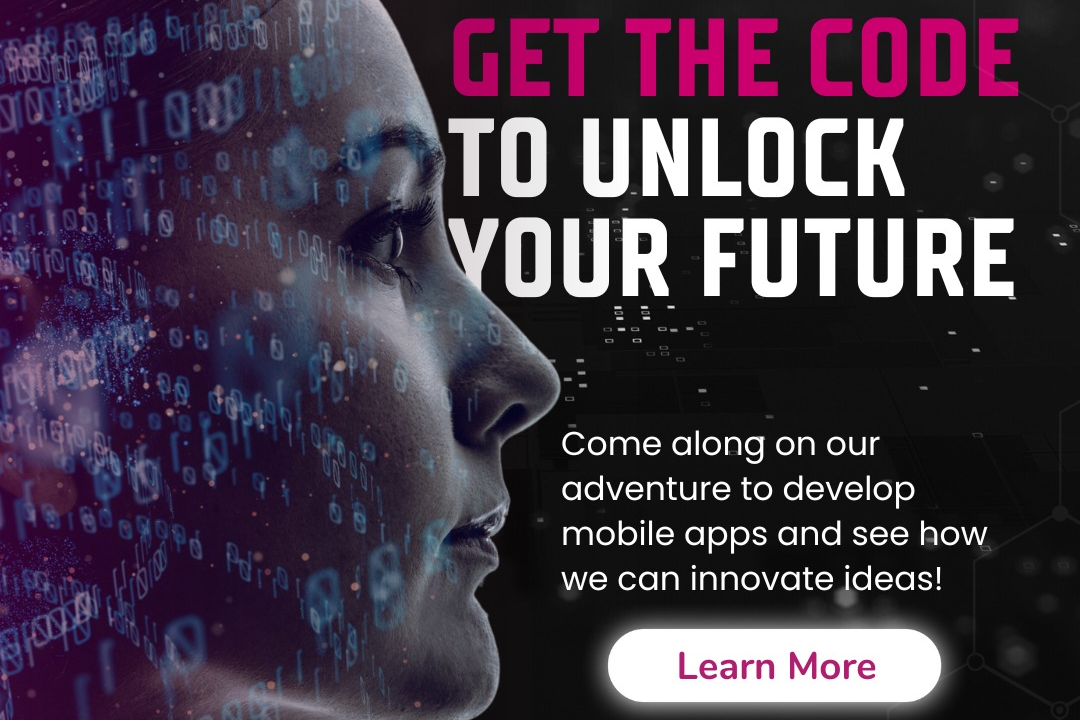Advanced Techniques For IOS App Design
Innovative Strategies for iOS App Design
Advanced Techniques For IOS App Design
Advanced techniques for iOS app design involve leveraging design principles and methodologies to create intuitive and engaging user experiences. These techniques include the use of Human Interface Guidelines to ensure consistency and usability, employing design thinking methodologies to iterate and validate concepts with real users, and utilizing advanced prototyping tools like Figma or Sketch for high-fidelity mockups. Additionally, incorporating animations and transitions effectively can enhance interaction feedback and delight users, while accessibility considerations ensure inclusivity. Tools like SwiftUI allow designers to work closely with developers, bridging the gap between design and implementation by enabling real-time previews and adaptability to various device sizes, ensuring a polished and responsive final product.
To Download Our Brochure: https://www.justacademy.co/download-brochure-for-free
Message us for more information: +91 9987184296
1 - Human Interface Guidelines: Understanding Apple’s Human Interface Guidelines is crucial. These guidelines provide a comprehensive framework for designing an intuitive user experience that aligns with iOS standards.
2) Adaptive Layouts: Learn to create adaptive interfaces using Auto Layout and Size Classes that adjust to different screen sizes and orientations, ensuring a seamless experience across all iOS devices.
3) Advanced Animations: Explore Core Animation and UIKit Dynamics for creating engaging, high performance animations that enhance user interaction and make the app feel more responsive.
4) Responsive Design with SwiftUI: Introduce SwiftUI’s declarative syntax to build highly responsive interfaces that adapt to different devices and content changes effortlessly.
5) Accessibility Features: Learn how to implement and test accessibility features to ensure your app is usable by everyone, including those with disabilities, using VoiceOver, Dynamic Type, and custom accessibility traits.
6) State Management Techniques: Understand how to effectively manage state in your app using tools like Combine and SwiftUI’s state properties, ensuring a fluid user experience with real time updates.
7) Design Systems: Create and utilize a design system that includes components, typography, and color palettes to ensure consistency across your applications and enhance collaboration among teams.
8) Prototyping Tools: Introduce tools like Figma, Sketch, or Adobe XD for rapid prototyping. Students learn how to create interactive mockups to visualize app flow and design before development.
9) User Testing and Feedback: Cover methods for conducting user testing sessions to gather feedback on designs, focusing on creating a feedback loop for continuous improvement.
10) Dark Mode Implementation: Learn techniques for designing and implementing Dark Mode functionality in iOS apps to enhance user experience in different lighting conditions.
11) Data Driven UI: Explore how to create UIs that respond to external data using REST APIs and parsing strategies, ensuring that your app can dynamically adjust based on real time information.
12) Custom UI Components: Teach students how to create reusable and customizable UI components using UIKit and SwiftUI, allowing for a more unique and tailored user experience.
13) Performance Optimization: Discuss best practices for optimizing app performance regarding UI responsiveness, load times, and resource management to ensure smooth functioning.
14) App Store Design Compliance: Explain the significance of following Apple’s App Store review guidelines in design, covering aspects like submission, UI design, and app functionality.
15) Version Control for Design Assets: Introduce version control systems like Git for managing design assets and code, enhancing collaboration between designers and developers and streamlining workflows.
16) Ethical Design Practices: Engage students in discussions about ethical design, focusing on user privacy, data security, and creating apps that promote well being over addictive behaviors.
17) Collaboration Between Designers and Developers: Emphasize the importance of collaboration between design and development teams, covering tools and methods to bridge the gap for a more cohesive product.
By incorporating these techniques into the training program, students will gain a comprehensive understanding of advanced iOS app design and development.
Browse our course links : https://www.justacademy.co/all-courses
To Join our FREE DEMO Session: Click Here
Contact Us for more info:
- Message us on Whatsapp: +91 9987184296
- Email id: info@justacademy.co












